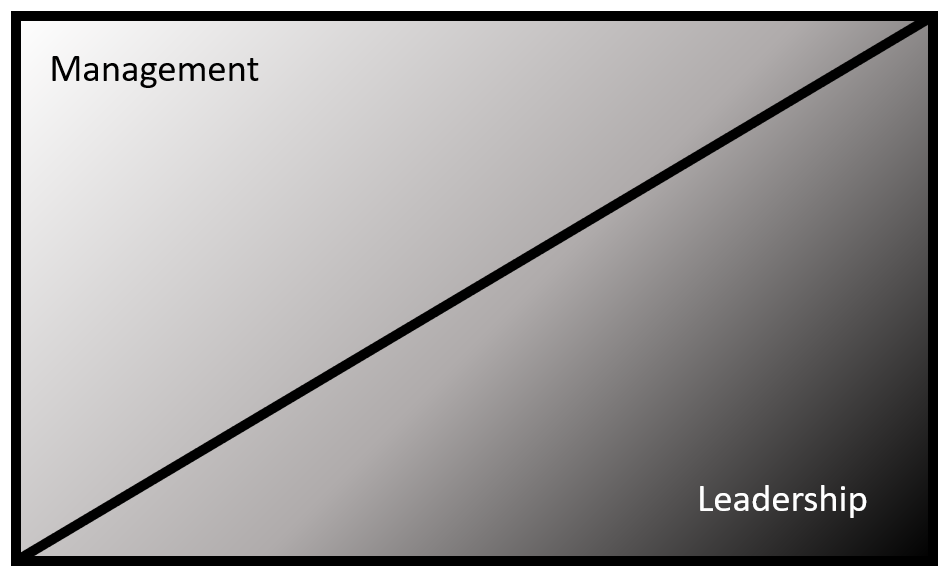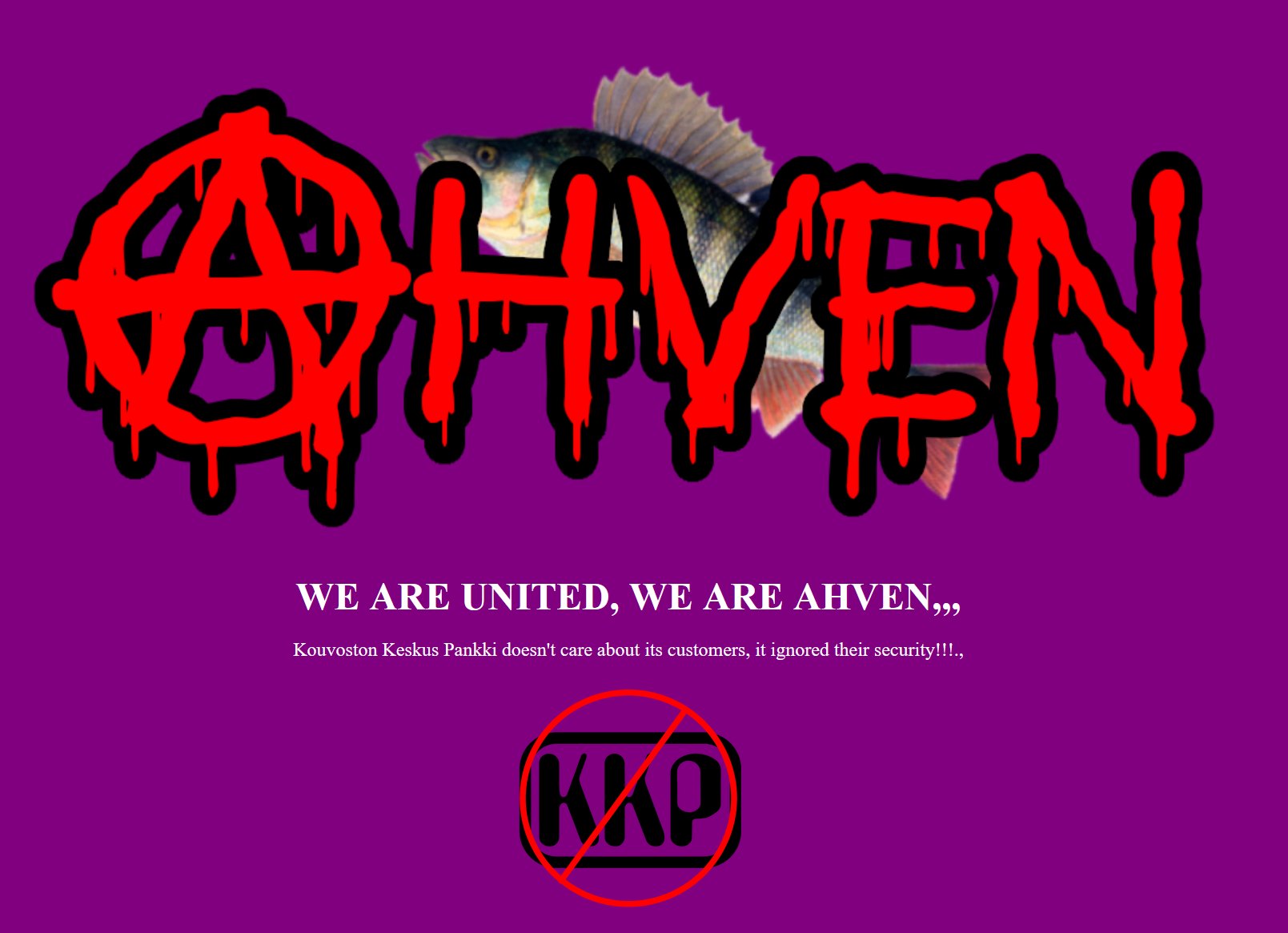According to the Finnish Institute for Health and Welfare, one out of four working-age Finns has experienced burnout symptoms. According to Statistics Finland, more and more people are driven to burnout. The Finnish Institute of Occupational Health has stated that people with work-related stress run twice the normal risk of premature death.
According to Finnish Institute for Health and Welfare, work stress is caused by both work and the employee’s personal characteristics. In his thesis of 2004, researcher Jari Hakanen from The Finnish Institute of Occupational Health stated that burnout was primarily caused by work, but as the symptoms intensified and people became more run down, their private lives were also affected. Burnout becomes first apparent at home – not in the workplace – as the extra energy that should be devoted to private life is invested in work, trying to cope with the load.
“To avoid burnout, it is important to experience success and have the feeling that your efforts are recognised and valued.”
– Jari Hakanen, From Burnout to Flow (Fin Työuupumuksesta työn imuun)
Burnout is an organisational problem. It’s not OK for 25 % of employees to suffer burnout, with repercussions for their organisation and their private lives. Burnout should be treated as a systemic problem.
But why is self-management such a buzzword?
In their book, Self-management (Fin Itseohjautuvuus) Martela and Karenko discuss the reasons for self-management. They attribute self-management to megatrends such as a faster rate of change, increased knowledge work, and increasing technology. The world is changing at an ever-increasing pace. Individuals and organisations must make snap decisions that are clever and properly timed. This is not possible in a higly hierarchical organisation. On the other hand, people also expect more from their workplace: more freedom, opportunities and a balanced culture. For millennials, relevance and flexibility are greater motivators than money. Silos and power–structures must be dismantled if you want to succeed in the above mentioned circumstances. While self-management pushes requirement of dealing with complex and rapid changes to individuals, it also offers a solution for serving customers and staff better.
Self-management does not realize simply by telling people to manage themselves. In Miia Savaspuro’s book titled Self–Management Arrived in The Workplace (Fin Itseohjautuvuus tuli työpaikoille), Laura Sivula says that freedom does not mean less work. On the contrary, work has become more demanding both in terms of time spent working and the content of work. In the same book, Veera Iliev says that burnout is often caused by two factors: people having no clear idea what is expected of them, and people being too hard on themselves. In the same book, Petri Aukia points out that self-management requires a good understanding of yourself, i.e. the greater the difference between your work–self and personal–self, the greater the problems you will have in a self-managing organisation.
Self-management is a double-edged sword. In a self-managed system, stress is caused by unclear targets, endless interruptions, hurry, unclear responsibilities, constant change and lack of feedback. On the other hand, a self-managed system enables employees to work at their own pace as well as to affect on their duties and work processes.
Self-management may appear publicly to be more fun than it actually is. Nobody shares their personal or company level failures on social media. Companies compete on creating the coolest work culture. In practice, self-management is not fun. Self-managed environment emphasises performance, sets no limits and fosters on uncertainty. To survive in a such environment, one needs self-awareness, confidence and initiative. Also self-managed organization has tons of bureaucratic tasks. However, now it is up to individual perseverance to get regularly all the needed but not-so-fun things done.
Modern knowledge work creates an illusion of autonomy. One can work anywhere, anytime. This results people pinging others at any time through a variety of channels. An individual needs to have strong inbuilt time and information management mechanisms in place, to benefit from such a setup.
Self-management may also create a free-rider problem, where people who do not work for a common goal enjoy the benefits. If decision-making structures are not defined, unofficial hierarchies and a leadership vacuum may arise. In such an occasion the people with the loudest voice will fulfil the vacuum. While self-management fosters fast change, the change programs are often abandoned. This results layers of unfinished structures and processes.

What should you do to support self-management?
Kirsi Ahola from The Finnish Institute of Occupational Health says that burnout always develops as a combination between work and the individual. According to Dec and Ryan’s self-determination theory, a self-managing corporate culture must offer employees feelings of autonomy, competence and relatedness.
- Autonomy means people being free to decide on their own matters and motivation being intrinsic.
- Competence means work offering challenges and successes.
- Relatedness means people being valued and nurtured.
Organisational support
According to publication of The Finnish Institute of Occupational Health titled Efficient Burnout Intervention (Fin Vaikuttava työuupumusinterventio), support at personal level rarely fixes the situation. Changes must be made to duties and work procedures. While structures and processes are always in a state of flux in a self-managed organization, support structures must provide security and permanence. When people burnout, an organisation’s structures must be reviewed. Burnout is never an isolated event. Attitudes, structures and practices must be tuned at organisational level. The whole organization must aim for minimizing conditions conducive to burnout.
Susanna Paarlahti of Pihlajalinna presented her ‘canary in a coal mine’ theory in the Kauppalehti newspaper on 15 October 2019. A person suffering from burnout is not an isolated case, but a victim of circumstances. The workplace is running out of oxygen.
Throughout the organisation, three things need to be clarified:
1) Purposeful leadership. Accelerated change means that organisation is undergoing constant change. The direction and goals must be communicated constantly and continuously. The goals must be clear to everyone. On LinkedIn, Marika Toivola stated that “a good leader does not let experts work ‘in peace’”, while the leader is responsible for building the community. Clear goals mean that management explains repeatedly to everyone: what kind of an organisation it is, what it believes in, what its values are and what it is striving to achieve. Good management practices have a positive impact on the wellbeing of both management and employees. Good leadership practices should be stressed, such as regular team meetings, active feedback and prevention of bullying. Good communication has a generally positive effect on staff wellbeing. Good communication should be encouraged.
2) Decision-making process. Decision-making processes must be clear. Self-management does not mean being indecisive. Everyone must be aware of who is making the decisions and who can asked for help. Decisions must be done quickly. A self-management organisation needs plenty of ground rules. At individual level, the organisation must set ground rules to protect individuals. It’s not OK to work overtime. The organisation must demand individuals to prioritise their tasks. On the other hand, while employees gain more power and responsibility, many will reach a new professional level.
3) Psychological safety. Psychological safety helps one to ask for help and voice own opinions. Rules must allow a constructive debate. And again, if the debate leads to conflicts, we have the above mentioned decision-making process and ground rules set. Psychological safety also means that no one is berated, trolled or mocked.
Organisation must continuously take care of its people and help them to take care of themselves. Everyone can contribute by raising issues and suggesting solutions. Sharing experiences and problem-solving together also relieves stress and builds community. Organization can support self-reliance by adding awareness, providing structures and giving feedback. Awareness of stress and its origins must be increased. In terms of productivity, whitespace, energy, positivity and communication are just as important as time, money, content and quality. By taking employee wellbeing seriously bigger problems can be avoided.
Managers must use most of its time for leadership and communicating the above mentioned. People must be at the top of the backlog of managers. In a hierarchical organisation, most time is spent on management, whereas in a low-hierarchy, self-managed organisation most time should be spent on leadership.

Self-support of individuals
People must be provided information and tools regarding the self–management. Self-management is a skill that must be learned: one must be able to schedule, prioritise, understand personal and common goals, communicate transparently, create and understand data, and know how to fail fast. These are things that are not taught elsewhere in life. During the first 20 years at school, you are made to believe that the best results are obtained by grinding through books on your own, until you’ve reached perfection. And now, you should learn that an average performance is OK. Or asking a colleague quickly for help is the best way to go.
Life balance is based on self-awareness. In his book Intelligent Self-Leadership (FIN Älykäs itsensä johtaminen), Pentti Sydänmaanlakka compares self-management and self-awareness. Self-awareness stems from accepting yourself as you are. A person with high self-esteem approves herself. A high self-esteem helps a person to befriend with him/herself. Low self-esteem results in being unsatisfied with yourself, and hoping to be something different. Self-esteem is built on three pillars: safety, self-awareness and competence. Improving self-esteem requires active thinking. Adequate self-awareness and self-esteem are needed to create a base for self-management. Jari Hakanen of Finnish Institute for Health and Welfare writes in From Burnout to Flow (FIN Työuupumuksesta työn imuun) that the key resources for work are optimism, self-esteem, resilience and systemic intelligence.

Wayne Dyer (1981) viewed self-knowledge and balance as a line. Diseases are treated between 1 and 2, while a high-quality life resides between 2 and 3. People rarely put enough effort into having a better life. If you ain’t sick, you will concentrate on something more concrete than on life.
Pentti Sydänmaalakka states that self-management consists of conrete actions spanning on long timeframe. Self-management requires prioritisation, scheduling, discipline, tolerating uncertainty and being outside your comfort zone. While self-leadership requires self-reflection, assessing your own characteristics objectively and taking others into account. Self-management means exceeding your current self. This creates positive self-reliance, which radiates positivity on spheres of life. We associate self-management with positive images of happiness, drive and enthusiasm. Still many suffer burnout precisely because of self-management. People who are used to hierarchical structures and clear duties are merciless when given authority to lead themselves. People have learned all the way from the school that you must always put your best foot forward. Once they become their own managers, a vicious circle awaits. A merciless boss follows them everywhere inside their heads.
Even while the work itself is self-managed, organization must however provide a clear framework of commonly agreed vision and targets. The framework will provide power and responsibility. The framework ensures that everyone proceed towards the same direction and the same goal. Employees are given the opportunity to plan, either alone or in teams, how to achieve this goal. The framework helps people to define their own roles in such a way that everyone moves towards the same target.
It takes motivation, time and energy to change oneself. Change thinking and ways of doing things on a personal level. In addition to work environment, burnout may be exacerbated by an employee’s personal characteristics, such as a strong sense of duty and excessive performance requirements. Poor stress management skills can result in skipping breaks and frequently working longer hours. Early intervention can help to prevent potentially serious consequences. Please, look after yourself and your colleagues.
A quality life is built around quality habits. Aim for creating smart ways of working. Smart habits. Visualise this as an elephant and its rider. The elephant represents habits. A simple creature that is strong and lives by its instincts and needs. The rider is the conscious mind. Clever and full of ideas, but weak. As the load and stress increases, habits-elephant overwhelm the thinking mind-rider. It takes time and energy to internalise a habit. Praise yourself for small victories and, if you stray off the golden path, lead yourself back. It takes an average of 66 days to learn a simple habit. Perseverance, that’s the trick.

Five tips
- Be merciful
Show yourself some mercy. This will motivate and encourage you. Develop your self-confidence. Congratulate yourself regularly for everything you’ve achieved. When you understand that you are currenlty reaping the rewards of long-term achievements, you will prioritise better. You are doing your best. Assume that everyone else is too.
Keep your spirits up. If you feel good, you will feel more motivated; when you’re motivated, you’ll concentrate better; and when you concentrate better, you’ll achieve more. Happiness and balance comes from good relationships and feeling good about yourself. Not just one or the other, but both together. Happiness and balance are achieved by combining high demands and strength with gentleness and acceptance. Challenges should make you feel useful, while you are also lenient on yourself when short on time or energy.
Be aware that you can affect your feelings and reactions through self-awareness. You have the ability to control feelings within you and to observe the related process. Try to inhabit a positive emotional environment. You can do this by consciously processing negative feelings and accentuating positive ones. When something happens, you can choose how to react to it. Process negative feelings constructively, and accentuate positive feelings.
- Be firm
Learn to say ‘NO’.
The first step in taking responsibility is to limit your personal area of responsibility, prioritise work and complete tasks that you begin. If you say ‘Yes’ to everything, you’re not really in control of your life or achievements. Divide your time and energy smartly. There’s always room for improvement.
Don’t shy away from some crap jobs. There are always plenty of motivating interesting jobs, but do some of the less attractive stuff, too. But don’t fill your days with them. Don’t be a freeloader, but you don’t have to shovel shit all day, either.
Quantify matters. Track your working hours and your tasks for one week. Find out what you spend your time on. This will give you a better idea of which jobs must be done and what you really have time for. Consider how you allocate your time at work. Work must have creative breaks and innovation, in teams and individually.
Plan and work on small items at a time. Finish what you started. Crossing the finish line creates energy. People tend to plan too optimistically. Huge goals are never achieved.
Prioritise. Which things are truly important in the long run? You will achieve more when you have fewer items on your list.
Do things quickly. Don’t try to be a perfectionist, just publish. It will retunr to your desk in the future, if it’s not good enough.
Check out the Eisenhower decision-making matrix.
- Seek balance
Make sure to recover from your work every day. Get enough rest and do something completely different to get your mind off your work. Allow yourself time to prioritise, innovate and develop your Production Capacity (PC) instead of just Production (P). Breaks, ‘whitespace’, are where you both recover and have your best ideas.
Live a full life. Divide your energy suitably for all aspects of life. Reflect on and study yourself. Reflection is the key to learning. Strive for “quality participation”. Is what you are doing at the moment the best you can do for your team?
Develop your ability to change. Change will only accelerate in the future. Resilience means that while change is always present, you should still try to strive for and finish things, and become better.
- Help
Listen, help and lead by example. You will often feel more competent when helping others.
Choose your battles carefully. Also in your mind. Make a conscious effort to avoid dwelling on things you can do nothing about. You don’t need to have an opinion on everything. Create your personal DON’T TOUCH list about the things you should steer clear of. Consider Stephen Covey’s idea about three concentric circles. The biggest circle is the circle of concern, things you may be worried about but have no control over (the weather, global economy, politics...). The middle circle, the circle of influence, are matters that you may be able to influence indirectly. The smallest circle describes matters you can genuinely control.
- Ask for help
Since the simple stuff in life tends to be the trickiest, plenty of help is available for getting to grips with your own wellbeing. Tell a colleague or supervisor that you’re out of puff. They are both certain to provide support.
Get a coach who will gently nudge you onto a better path.
If you are completely wiped out, start by visiting occupational healthcare, and then talk to your HR department. Take a couple of weeks off work and return with a lighter workload.
Jari Hietaniemi
Service Architect
Gofore aims to be a recognised reformer of work culture and to have the best possible work community. Our mission is to make the world a better place. We can improve working life by developing practices, tools and the community spirit at work.



